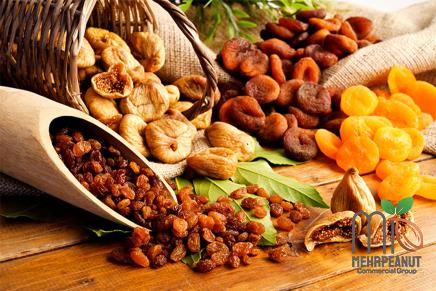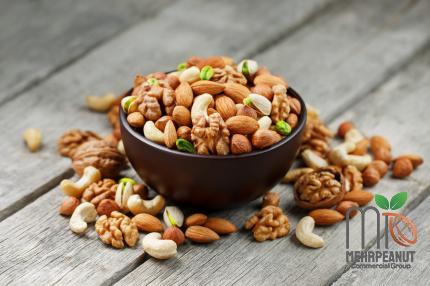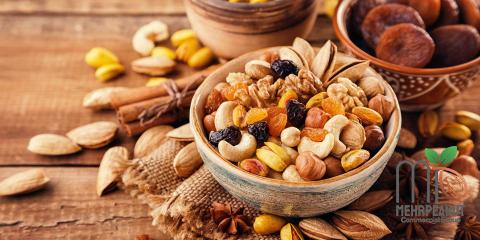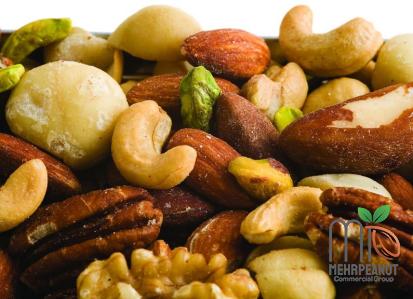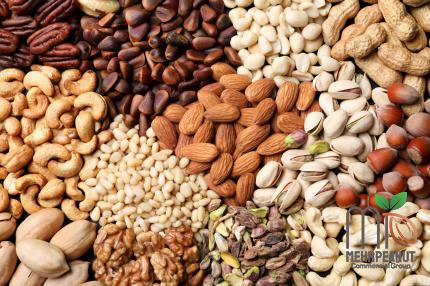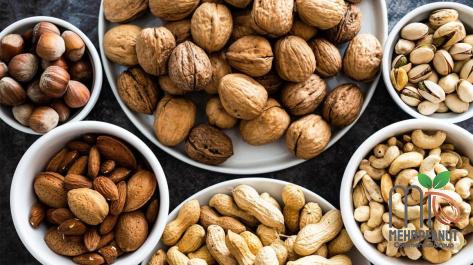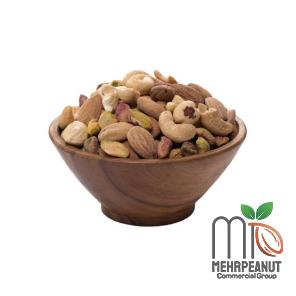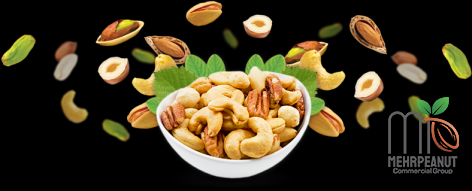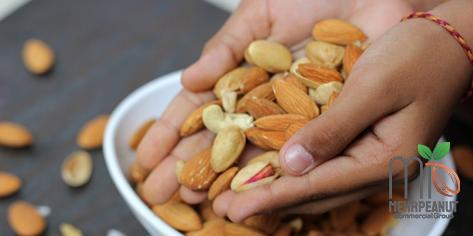Price References of Types of Peanuts in Shells + Cheap purchase
Squirrels have a voracious appetite for peanuts in the shells, which can be problematic when trying to serve them to pets
If a squirrel consumed a large number of shells, there is a chance that the shells may stack up in the intestines, which may lead to a blockage
The fact that the squirrels don’t really consume the entire nutshell makes it highly unlikely that this will ever occur
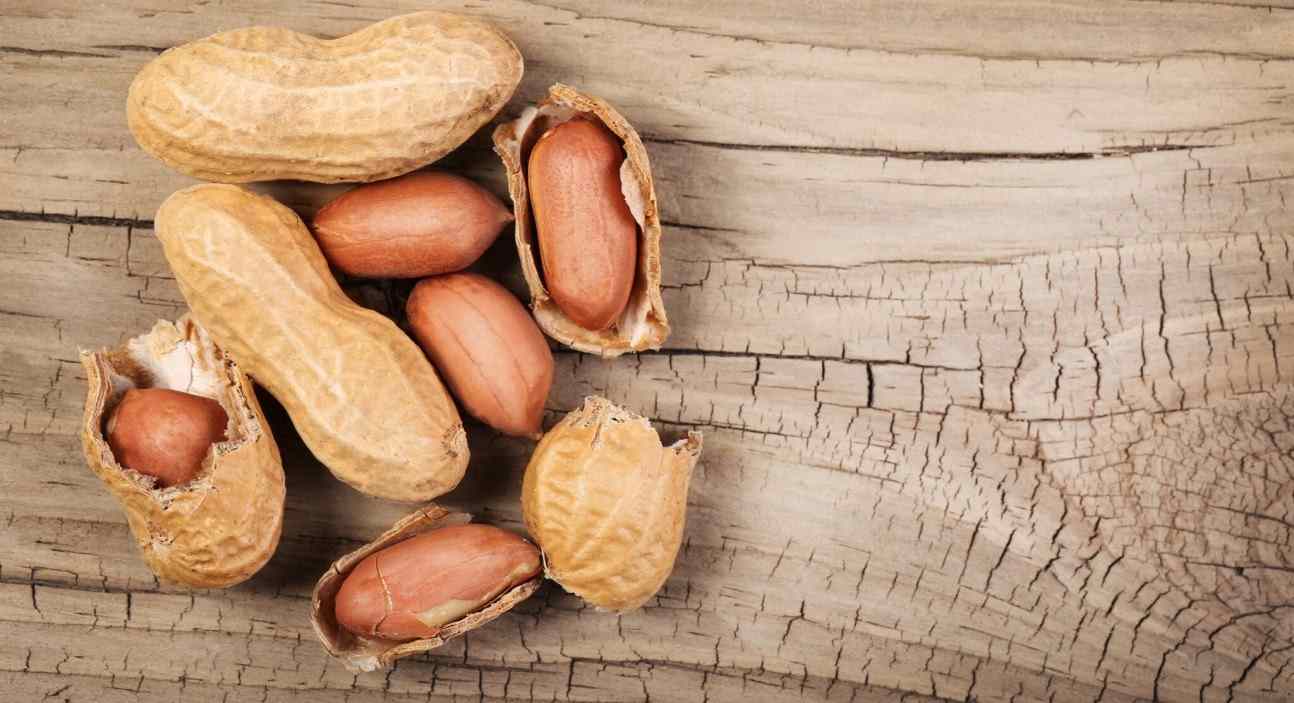
In addition, the sharpness of their teeth allows them to thoroughly pulverize the shell, which eliminates any possibility of a clog occurring
Is Peanut Shells Safe for Squirrels?
The incisors of a fully grown squirrel are rather keen, which allows them to easily break through the tough shells of peanuts
As was just said, the majority of the peanut shell is made up of cellulose, which makes it quite simple for them to dig their teeth into the material
Are Peanut Shells Suitable for Consumption?
You wouldn’t believe the number of individuals who actually enjoy eating shells, but it’s true
Some individuals believe that they improve the flavor of the peanut
When you consume peanuts again, try chewing on portions of the shell as well
They are not poisonous; nevertheless, you must ensure that you chew them well before consuming them
Why Do Squirrels Have Such a Thing for Shells?
It might be because of the satisfying crunch that they experience when they first bite into it, just before they reach the nut that’s hidden within
Could it be that the flavor of the husk appeals to them so much? Some people who consume both the peanut and its shell believe that the peanut has a superior flavor when the shell is consumed first
You are aware that these pests will consume virtually anything in their path
Who knows why they enjoy eating the shells, but one thing is certain: if you put peanuts on the ground for them, they won’t think twice about nibbling on them
If you want to discourage squirrels from eating from your bird feeders, monkey nuts are a good feeding option
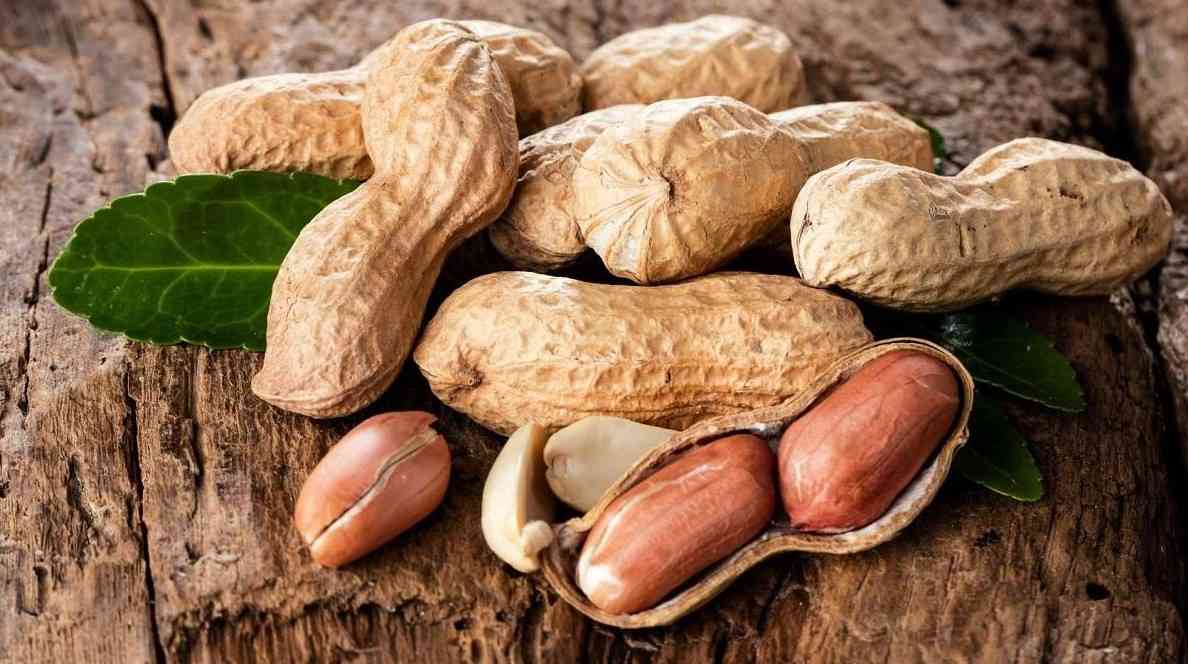
peanuts in shell for birds
When it comes to feeding birds, one question that is frequently asked is, “Do birds consume peanuts in shells or shelled peanuts?” Peanuts still in their shells are a favorite food of the blue jay and other jay species found in the United States
The availability of these species is a major factor in many people’s decision to serve this variety of peanuts
Along with blue jays, I frequently come across red-bellied woodpeckers feasting on peanuts still in their shells
There are a few other species that may occasionally accept these peanuts, but many of the smaller birds have trouble opening them because of their tough shell
I think that shelled peanuts are better for birds than other kinds of peanuts

Since the shells have been removed, all of the birds can easily eat them
Peanuts have a lot of protein, which is why many species eat them, especially when it is very cold outside
Chickadees, titmice, nuthatches, and woodpeckers are some of the most common birds that come to my shelled peanut feeder
Feeding birds peanuts still in their shells is an old-fashioned method of providing food for them
Squirrels absolutely adore these tasty treats, which have another name: monkey nuts
Peanuts can be hung from a tree or a feeder after being strung together using cotton or string
Will offer a great deal of fun to the birds
All of our peanuts have been tested and found to be free of any measurable levels of aflatoxin
Always make sure there is access to water
Peanuts still in their shells can be offered to birds by stringing them together and suspending them from a bird table, a tree, or some other location in the garden that is appropriate
During feeding time, it may be very interesting to watch the antics of the many visitors to your yard
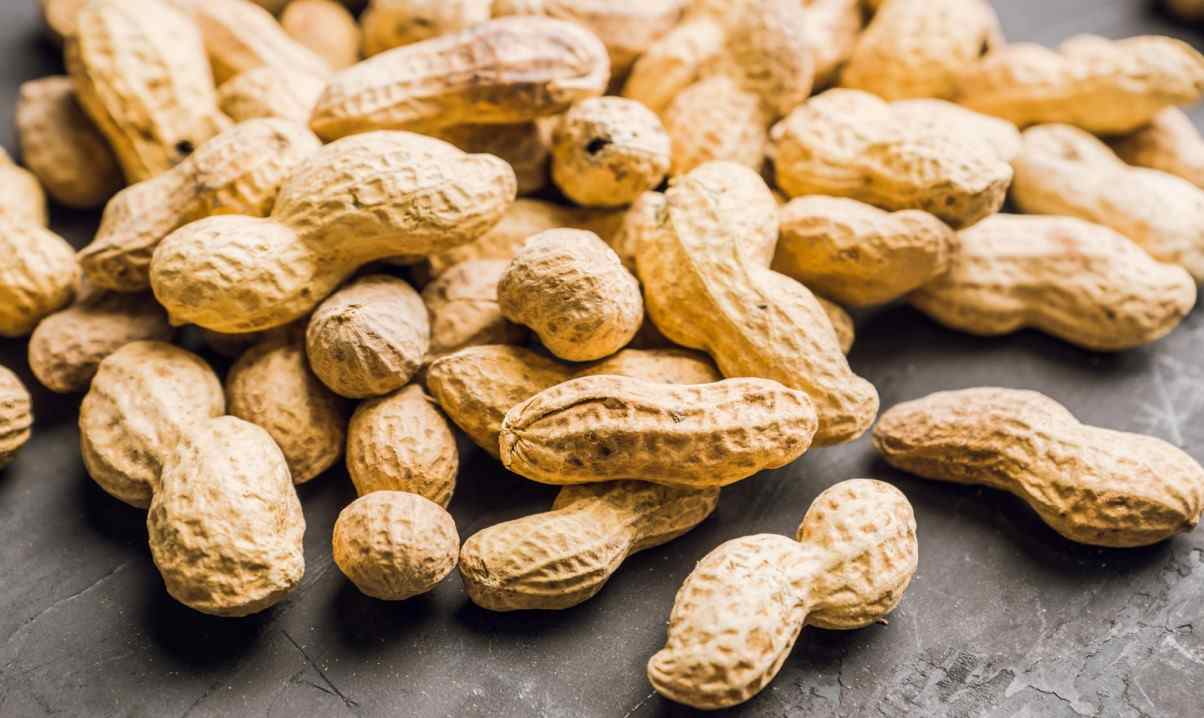
pros and cons of eating peanut shells
There are both pros and cons to eating peanut shells
Reading them will help you decide whether to consume peanut shells or not
Millions enjoy peanuts worldwide
Many people eat peanuts every time they feel hungry
Some people also consume peanut shells
Peanut shells contain fiber, but you would better not consume them
Peanut shells can contain toxic compounds and cause gastrointestinal disorders
Aside from fiber, peanut shells are devoid of any nutritional value
Peanut Shell’s Pros:
Peanut shells are beneficial to some extent
They are fiber-rich containing 60% crude fiber
Pharmaceutical firms employ peanut shell powder to produce cough, mucus, and high blood pressure drugs
Since peanut shells aren’t digested, you’ll feel full longer
People often wonder whether or not eating peanut shells would help them lose weight
Shells suppress cravings, making weight loss simple
Peanut shells contain (very little) antioxidant flavonoids
Antioxidants boost cancer-fighting immunity

Peanut Shells’ Cons:
People, who are interested in trying peanut shells frequently ask, “Can you become sick from eating peanut shells?” That’s true
Peanut shells digest slowly
They store in the small intestine, causing stomach discomfort and intestinal problems
Surgical removal is done if the problem worsens
Shells are hard to chew
Saliva isn’t enough to soften the shells, thus they might harm muscles and the jaw
Peanut shells contain pesticides, too
Farmers spray peanuts with a fungicide to prevent fungal attacks
Eating peanut shells raises harmful substances in the blood, affecting your organs
The liver and kidneys are mainly impacted
Peanut shell eaters are generally nutritionally deficient
No nutrients except fiber
In order for you to maintain a healthy lifestyle, we recommend that you swap peanut shells for some other nutritious snacks
Instead of eating peanut shells, feed them to your plants
Peanut shells make good mulch
They don’t supply nutrients to plants, but they improve soil aeration, moisture retention, and texture
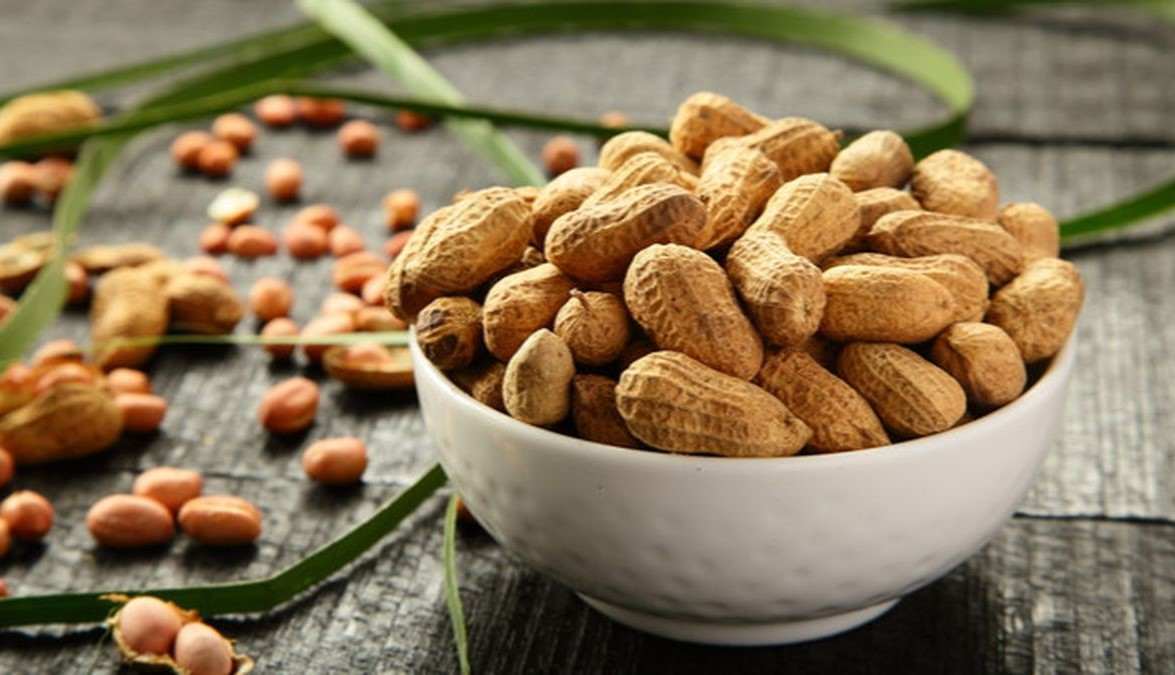
peanut shell nutrition
One of the most popular snack foods in the United States is peanut, which is an excellent source of vitamins, protein, and fiber
The shells of the peanuts do not contain nutrition so much
It’s possible that the thought of eating peanut shells has never crossed your mind; nonetheless, some people do partake in this peculiar food
It’s possible that folks seeking a healthier alternative to chips and pretzels are drawn to the crunchiness or saltiness of these snacks
However, before including peanut shells as a regular part of your diet, you want to think about the potential dangers they pose to your health
Many individuals prefer peanuts, even the shell, according to Virginia-Carolina Peanut Promotions, “and food scientists say that it’s alright
” But what precisely do they consist of? The following items are contained within a peanut shell:
Crude fiber is 60%
25 percent cellulose
8 percent of it was water
Crude protein content of 6%
2 percent of it was ash
1 percent fat
The composition might change depending on the kind of peanuts used and the conditions of the manufacturing facility
Peanut shells, except for providing dietary fiber, don’t offer much more in the way of nutritional value
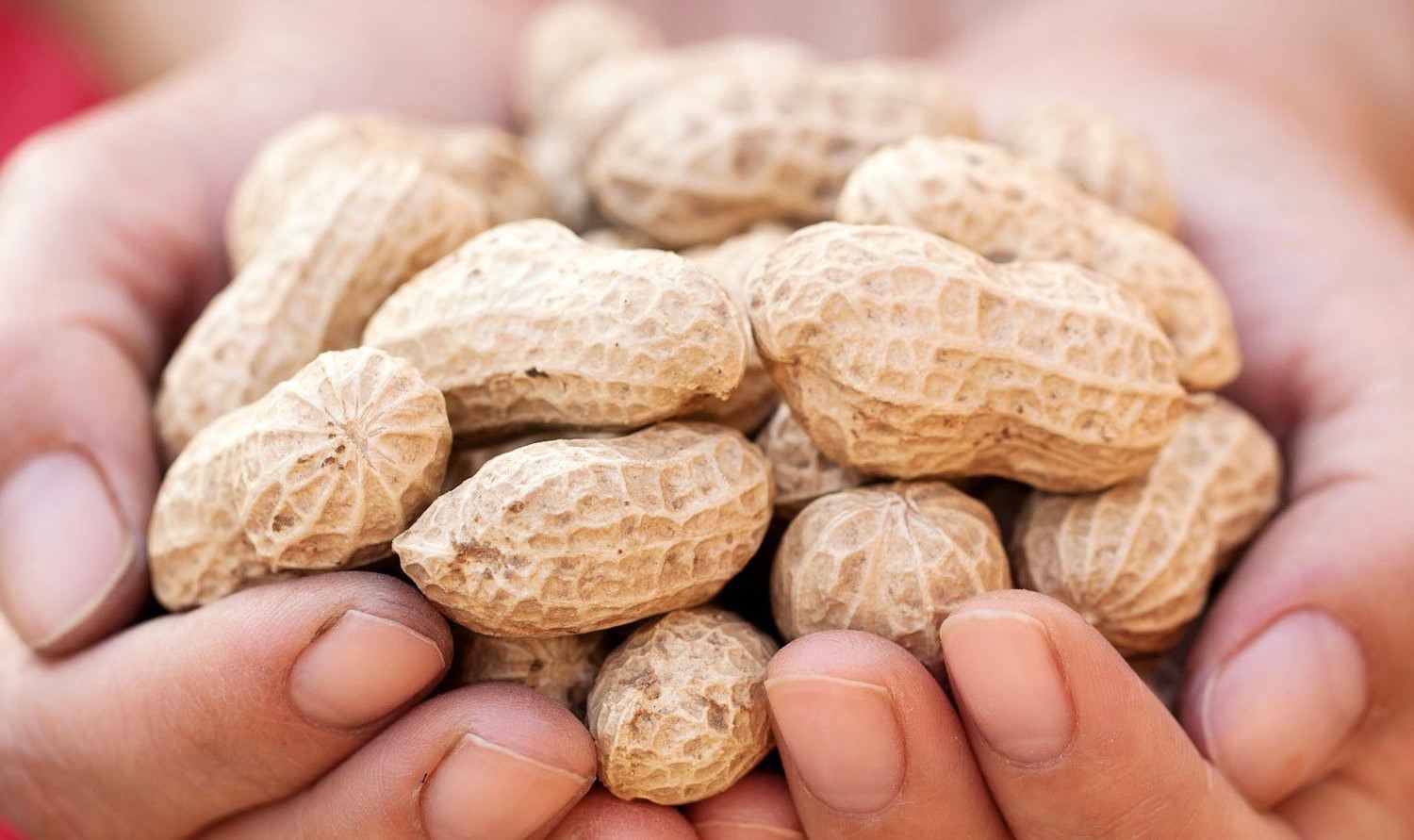
are peanut shells wood
Wood and peanut shells share many similarities
Cellulose and lignin are the primary constituents of wood and peanut shells, respectively
In nature, the principal cell walls of green plants are made up of cellulose, a plant fiber that is primarily employed for this purpose
Cellulose is, unsurprisingly, the most prevalent organic substance in nature
Cellulose accounts for 33% of all plant material (cotton contains 90 percent cellulose and wood 40-50 percent)
Paper, paperboard, nylon, and cellophane are all made from cellulose extracted from plants
Cellulose is also being tested as a building block for new types of biofuels
Despite the fact that we are unable to digest the cellulose found in plants, our bodies are able to make effective use of it anyway
The plant’s cell walls are strengthened and stabilized by lignin and cellulose (and to conduct water)
Having more lignin in a plant makes it feel more like a tree
Woody plants’ branches, twigs, and trunks are shaped and structured by lignin
Woods such as teak, oak, and pine may be used in furniture and building because of their strength and longevity
Sadly, it’s the thing that causes wood to catch fire
Peanut shells have a lignin-to-cellulose ratio of 79:100, according to a Yahoo! Answers message board answer
By way of comparison: A California Sequoia tree has a 70:100 lignin-to-cellulose ratio; an oak tree has 62:100
According to these ratios, peanut shells have a woody feel because of the high concentration of lignin in them
I couldn’t locate a secondary source that could corroborate these ratios (at least in words I could understand)
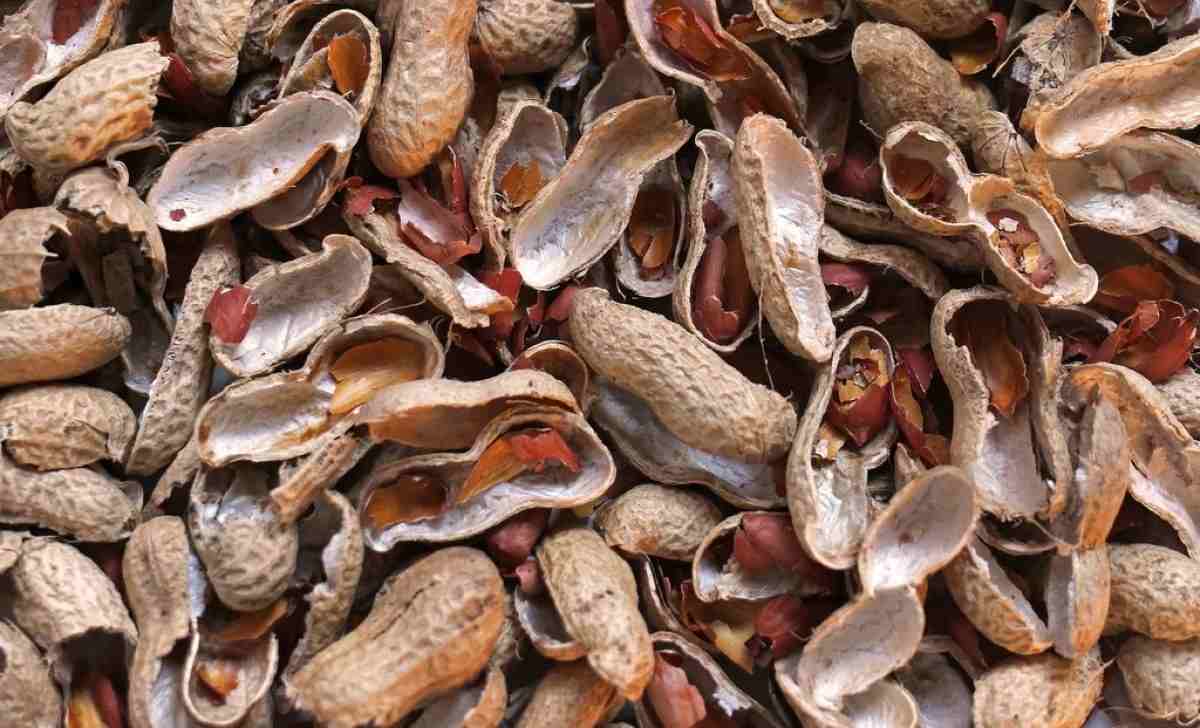
peanut shell uses
You’ve been squandering a precious resource by throwing away peanut shells
Peanut shells have different uses in different fields
Soap, cosmetics, wallboard, plastics, and linoleum are made from peanut shells
George Washington Carver praised peanuts and their shells in the early 1900s
Clark Atlanta University researched using peanut shells to create hydrogen fuel in the 21st century
Compost/mulch
Carver realized peanut shells might restore cotton-depleted southern soil
Your plants and lawn will benefit
You don’t need to ground them for mulch
As they disintegrate, they provide nitrogen, a soil nutrient
Handmade Litter
Manufacturers of kitten litter utilize peanut shells
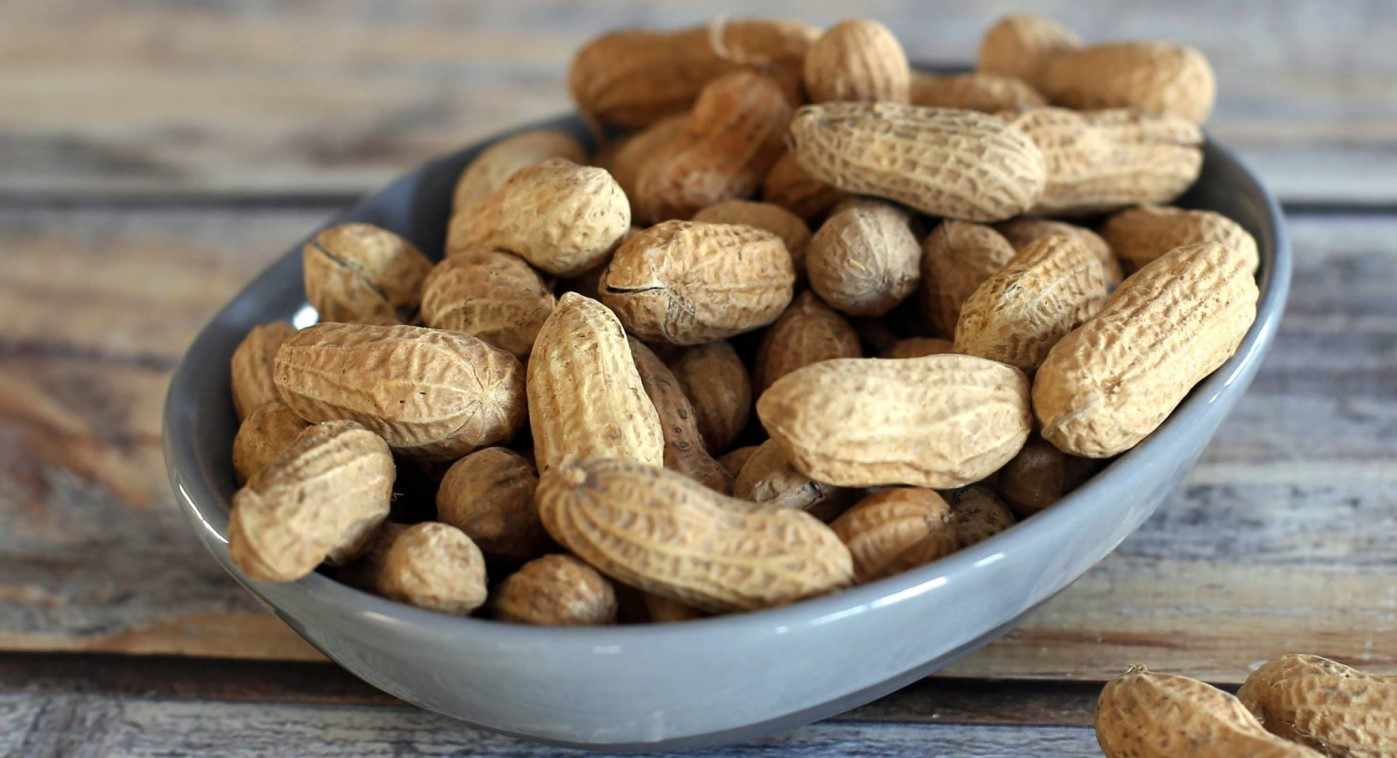
You can make cat litter that is far healthier for the environment than the version that is treated with chemicals by soaking the pellets in water, adding biodegradable dish detergent, allowing the pellets to dry out, and then sprinkling them with baking soda
If you run out and can’t get to the pet store, peanut shells will do
Kindling
Peanut shells are used to generate combustible fireplace logs
If you want to start a fire in your fireplace or wood-burning stove fast, sprinkle some of the shells on top of the wood and watch it catch fire
Boxes
Of course, you’ll require a large number of them, but this makes sense
Why not use actual peanuts instead of Styrofoam? With the help of Styrofoam and bubble wrap which are not eco-friendly, you’ll also be doing your part for the earth
Consume
The USDA doesn’t recognize peanut shells as food, but the National Peanut Board’s website says they’re safe to consume, albeit not as delectable as the nuggets they contain
Chemical compositions vary by peanut kind and shelling, but they’re a rich source of fiber and harmless
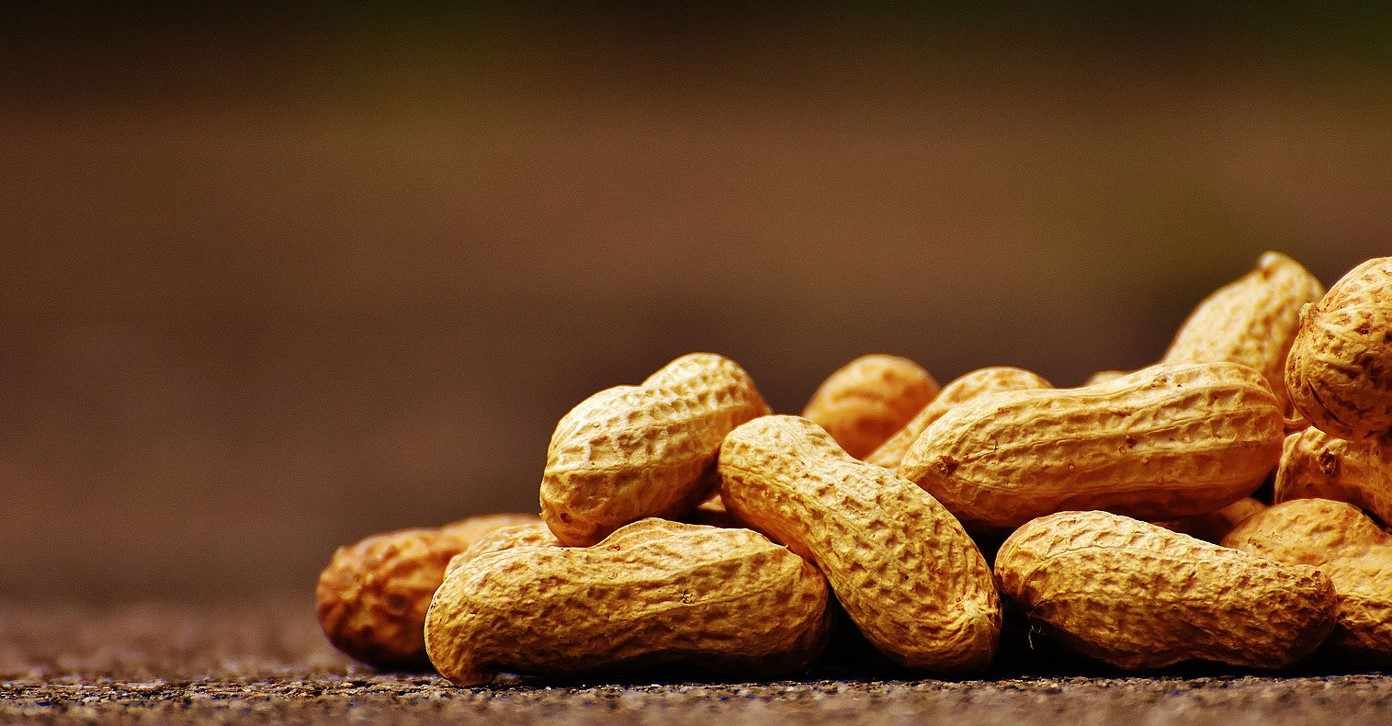
how to eat peanuts with shells
If you want to eat peanuts with shells, you should first break them open and then take the shells off
If the peanuts you purchased come with the shell still on, you may remove it by holding the nut in your hands, applying pressure with your fingers, and waiting for the shell to break
Use your hands to remove the nut from its shell, and then toss the shell into a basin
When you break open the shell, the nut will most of the time fall right out, but there are times when you have to fish around for it and pull it out
To make the process of cleaning up the shells easier, gather all of the shells in the same cup, dish, or bag (if you are on the move)
Although it is possible to consume the shell, doing so is not healthy for digestion and there is a possibility that it contains pesticides
A single serving consists of around 28 peanuts to eat
Repeat the process and consume around 28 peanuts to get the complete serving size of this healthy snack that may be eaten in the morning or afternoon
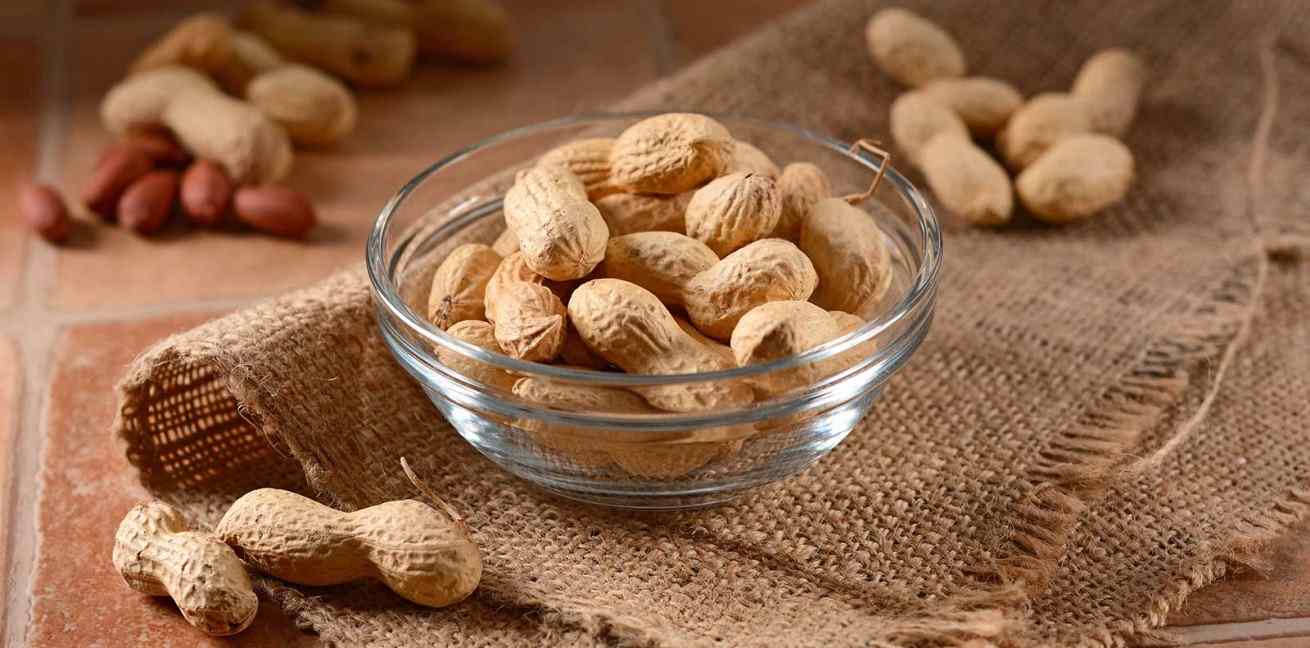
Peanuts have a good amount of fiber, protein, and other essential nutrients, all of which can help lower the risk of developing cardiovascular disease
You can try eating cooked peanuts, roasted peanuts, or raw peanuts
To prepare boiling peanuts, remove the shells as you would with regular peanuts (or pop the peanuts in your mouth and bite down to remove the shells), and then have an additional delight by sucking the liquid from the shells
Raw peanuts and roasted peanuts both make for fantastic snacks, but roasted peanuts tend to have a more robust flavor profile
Consuming raw peanuts is not dangerous, but you should be sure to purchase raw peanuts that were grown in the United States to be on the safe side
This is because certain unmonitored raw peanuts may contain carcinogenic qualities
